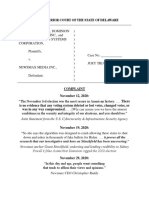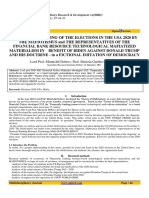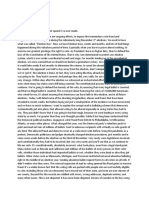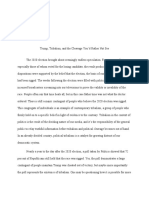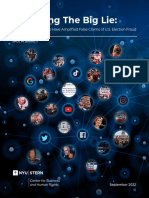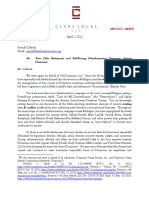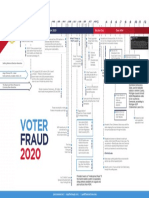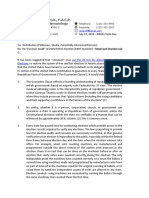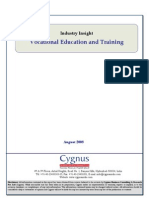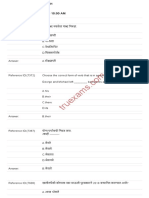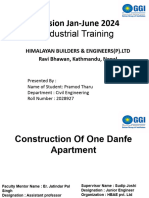0% found this document useful (0 votes)
25 views4 pagesNotes Paper 4
The document discusses the impact of misinformation on the belief that the 2020 election was stolen, highlighting the role of social media in spreading false claims. Despite extensive verification proving the election's integrity, conspiracy theories persist, fueled by influential figures like Mike Lindell. The fragility of democracy is emphasized, suggesting that acceptance of factual evidence is crucial for its survival, especially with the upcoming 2024 presidential election.
Uploaded by
gsteenolsenCopyright
© © All Rights Reserved
We take content rights seriously. If you suspect this is your content, claim it here.
Available Formats
Download as PDF, TXT or read online on Scribd
0% found this document useful (0 votes)
25 views4 pagesNotes Paper 4
The document discusses the impact of misinformation on the belief that the 2020 election was stolen, highlighting the role of social media in spreading false claims. Despite extensive verification proving the election's integrity, conspiracy theories persist, fueled by influential figures like Mike Lindell. The fragility of democracy is emphasized, suggesting that acceptance of factual evidence is crucial for its survival, especially with the upcoming 2024 presidential election.
Uploaded by
gsteenolsenCopyright
© © All Rights Reserved
We take content rights seriously. If you suspect this is your content, claim it here.
Available Formats
Download as PDF, TXT or read online on Scribd
/ 4












